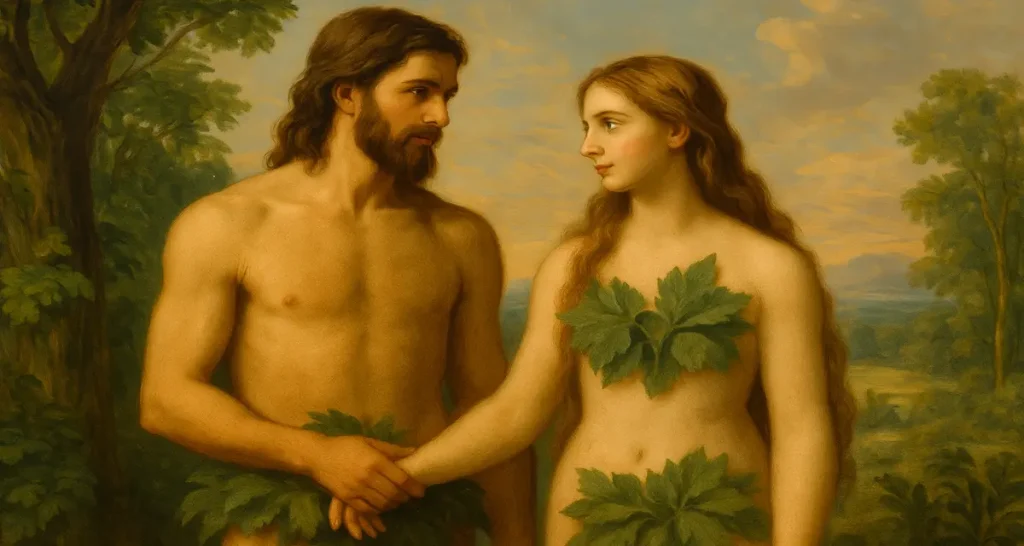This is a thoughtful and profound question that touches on both the nature of God and the meaning of human experience. Let’s unpack it.
📜 The Two Statements:
- “God saw all that He had made, and it was very good.” – Genesis 1:31
- “It is not good that the man should be alone.” – Genesis 2:18
At first glance, it seems contradictory: how can everything be “very good” if something is “not good”?
But these statements are not in conflict—they reveal something deeper about God’s intentional process, the design of human relationships, and the role of narrative revelation.
🧠 1. God Was Not Surprised
God did not “discover” that it was not good for man to be alone. As an all-knowing Creator, He already knew this. The statement isn’t about God learning, but about God teaching.
It’s a pedagogical moment: God is revealing something to us—and to Adam—about what it means to be human.
🌱 2. The Creation Was “Very Good”… But Not Yet Complete in Experience
Genesis 1 gives a broad overview (macro view) of creation, and by the end of Day 6, God calls the entire creation “very good”—meaning it is perfectly designed, purposeful, and in harmony with His will.
Genesis 2 gives a zoomed-in account (micro view) of humanity’s creation, showing that:
- Man was made first.
- God allowed Adam to experience solitude.
- Adam named the animals and realized none were like him.
- Only then did God make the woman.
The “not good” is not a flaw—it’s a setup for relational fulfillment. God lets Adam feel the absence so that he might cherish the gift of the woman more deeply.
❤️ 3. “Not Good” Teaches Us Our Need for Others
By declaring “It is not good for man to be alone,” God makes a theological and anthropological point:
- We are made for relationship—with God and with others.
- Solitude isn’t God’s design for flourishing.
- Even in paradise, human companionship was essential.
The paradise of Eden was not complete until love, community, and mutual help existed between human beings.
✝️ 4. Foreshadowing the Greater Relationship
On a deeper level, this sets the stage for understanding:
- The importance of community in the Church (body of Christ).
- The divine image expressed in plurality (“Let us make man…” – Gen 1:26).
- Our need for union—not just with others, but ultimately with God Himself.
🪞Summary:
God said “It is not good for the man to be alone” not because He was unaware or changing His mind, but because:
- He was inviting Adam (and us) into awareness of the relational nature of humanity.
- He was progressively revealing His design—letting Adam feel the need before fulfilling it.
- He was teaching that creation is very good not in static perfection, but in dynamic relationship.
It’s not a contradiction—it’s a beautiful part of the storytelling structure of Genesis that highlights our dependence, need for others, and ultimate fulfillment in relationship.


